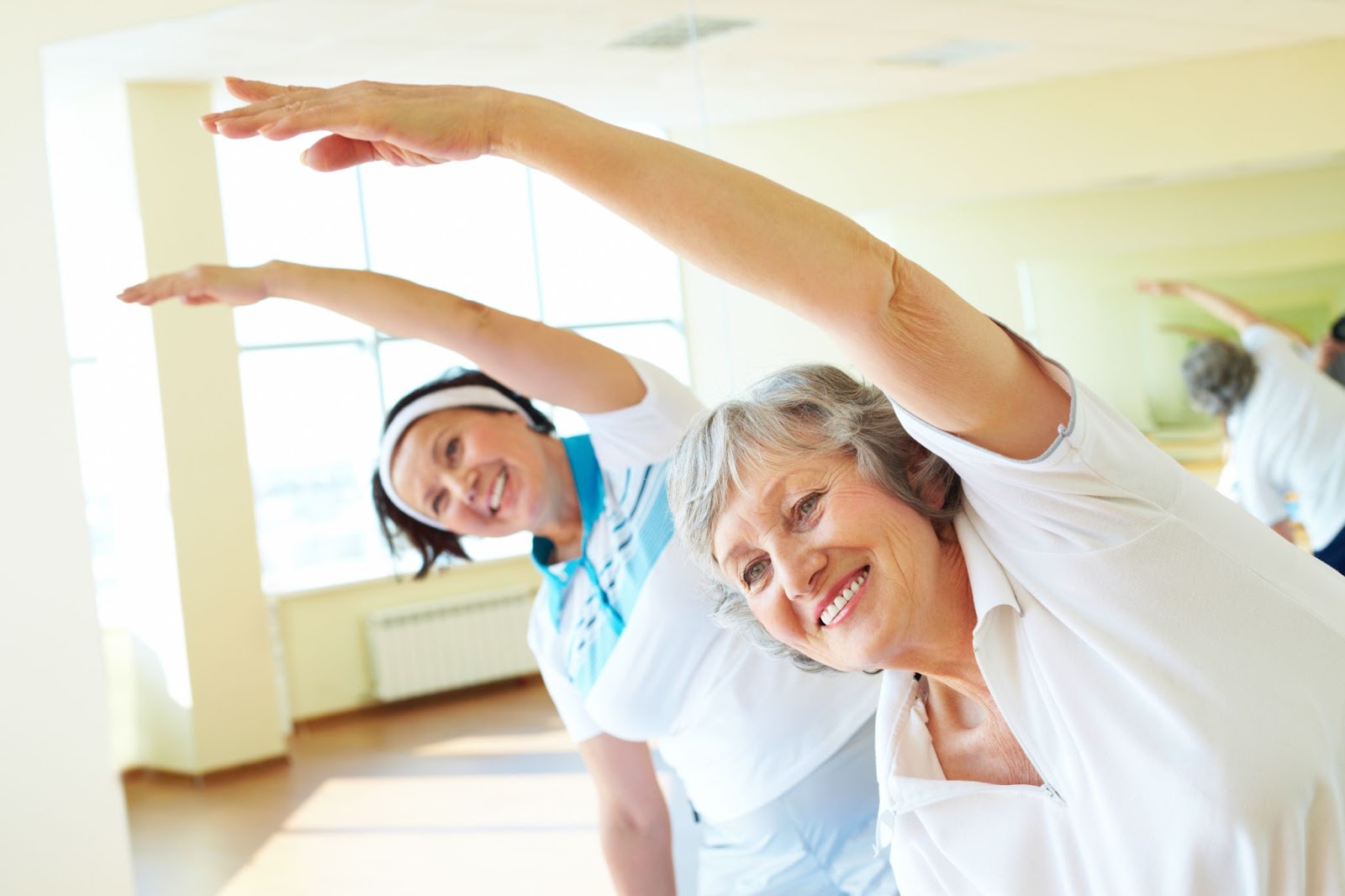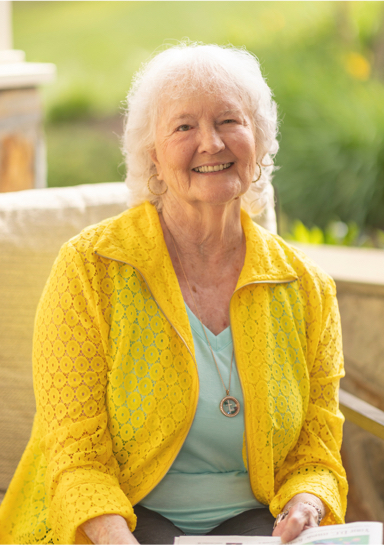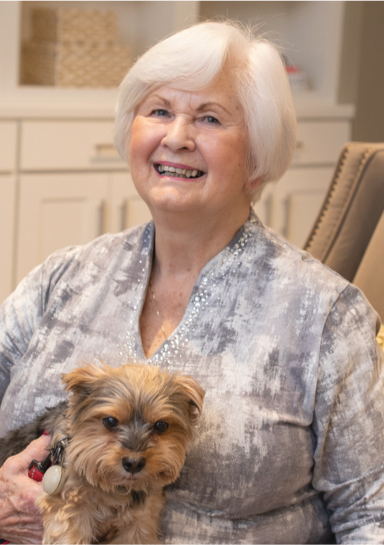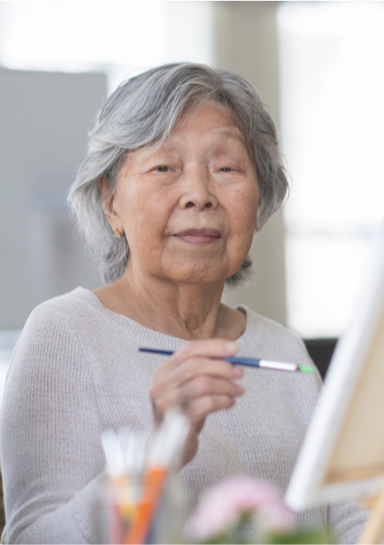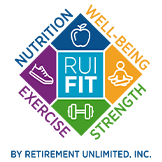Staying active is one of the most powerful tools for healthy aging—but how much activity is enough?
According to the CDC, older adults should aim for:
- At least 150 minutes of moderate aerobic activity weekly, or 75 minutes of vigorous aerobic activity
- Muscle-strengthening activities at least two days a week
- Balance-enhancing exercises at least once a week
At Heatherwood, we believe that aging should be met with empowerment and vitality. That’s why our wellness approach goes beyond the basics—offering personalized support and engaging programs to help residents meet their physical activity goals joyfully and safely. Learn more about our RUI FIT program and explore our community at Heatherwood.
Why Is Physical Activity Important for Seniors?
Physical activity isn’t just about staying fit—it’s a cornerstone of healthy aging that improves quality of life and promotes independence.
For seniors, routine movement can:
- Boost mobility and reduce the risk of falls
- Support heart and lung health
- Improve mood and mental clarity
- Strengthen muscles and bones
- Increase stamina for daily activities
As we age, we often face new challenges like chronic pain, slower recovery times, and a greater risk of injury. But movement, when approached thoughtfully and consistently, can counteract many of these concerns and lead to a more fulfilling life.
Physical, Cognitive & Emotional Benefits of Movement
Physical activity affects far more than muscles—it supports the entire body and mind. Here’s how it contributes to holistic health for seniors:
Physical Benefits
- Increased joint flexibility: Low-impact exercises like yoga or walking help reduce stiffness and maintain range of motion.
- Improved balance and coordination: Movement helps strengthen the stabilizing muscles that prevent falls and injuries.
- Stronger bones and muscles: Weight-bearing activities help prevent osteoporosis and preserve muscle mass.
Emotional Benefits
- Reduced anxiety and depression: Exercise triggers the release of endorphins, which naturally improve mood.
- Better sleep quality: Physical exertion helps regulate sleep cycles, supporting more restful nights.
- Greater confidence: Achieving personal goals, no matter how small, boosts self-esteem and motivation.
Cognitive Benefits
- Improved memory and brain function: Exercise increases blood flow to the brain, aiding cognition and mental sharpness.
- Delayed onset of cognitive decline: Regular movement has been linked to lower risks of dementia-related conditions.
- Enhanced focus and clarity: Many seniors report better concentration after adopting a consistent physical routine.
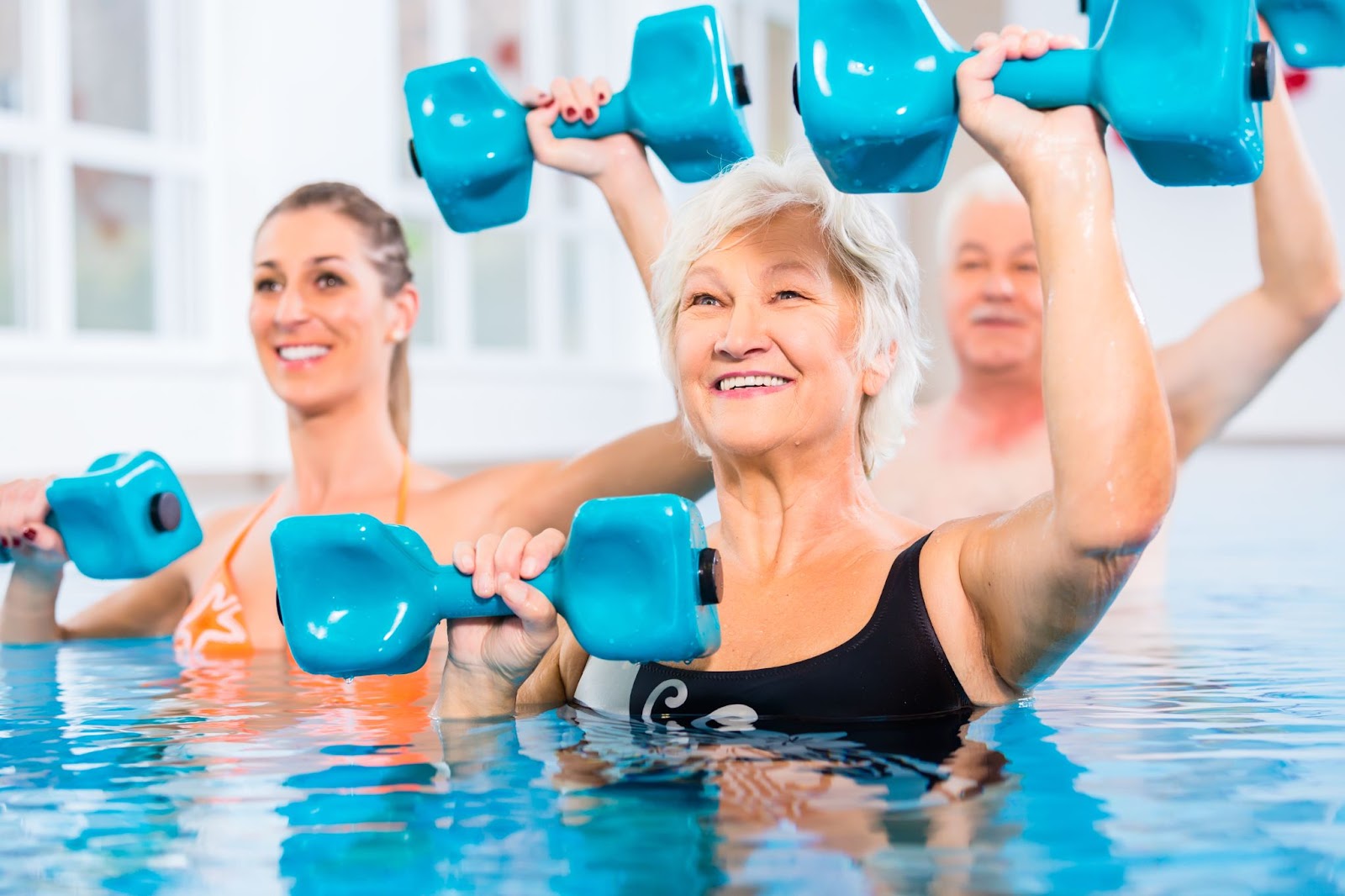
Aerobic Activity: Keep That Heart Pumping
Aerobic activity, also known as “cardio,” strengthens the cardiovascular and respiratory systems. For seniors, moderate aerobic activity should be spread out throughout the week—ideally 30 minutes a day, five days a week.
Examples of moderate aerobic activities include:
- Brisk walking
- Gardening
- Water aerobics
- Dancing
For those able to engage in more vigorous aerobic activity (such as jogging or fast cycling), just 75 minutes per week can offer similar benefits. Not sure what level of intensity you’re reaching? Try the talk test: if you can talk but not sing during activity, you’re likely at a moderate intensity; if speaking becomes difficult, you’re likely working at a vigorous level.
Aerobic activity supports:
- Heart and lung health
- Endurance and energy levels
- Metabolism and weight management
Strength Training: Build and Maintain Muscle
After age 30, we naturally begin to lose muscle mass. Strength training is essential for maintaining function and preventing frailty.
Seniors should aim for at least two days per week of strength-focused movement. You don’t need to lift heavy weights—gentle resistance goes a long way.
Ways to incorporate strength training:
- Bodyweight movements (like squats, wall push-ups, and step-ups)
- Resistance bands
- Light dumbbells
- Pilates or barre-inspired workouts
Strength training:
- Supports bone health and prevents osteoporosis
- Improves posture and reduces back pain
- Increases stability and prevents falls
- Helps with independence in everyday activities like getting up from a chair or carrying groceries
Balance Exercises: Stay Steady on Your Feet
Balance often declines with age, but practicing it regularly helps reduce fall risk and keeps seniors mobile and confident.
Examples of balance exercises:
- Standing on one foot: Try doing this while brushing your teeth.
- Heel-to-toe walk: A simple exercise to improve coordination.
- Tai chi or yoga: These practices blend breath, strength, and balance in gentle, flowing movements.
- Side leg raises: Holding a chair for support, slowly raise one leg at a time.
Adding balance exercises at least once a week:
- Improves stability and spatial awareness
- Helps navigate stairs, curbs, and slippery surfaces
- Promotes independence in daily routines
Functional Fitness: Movement for Daily Life
At Heatherwood, we emphasize functional fitness—movements that mimic the tasks you do every day. This includes a variety of classes, from cardio drumming to chair based dance. Our team designs programs that support these practical skills while prioritizing safety, comfort, and personal ability.
Seniors who engage in functional fitness report fewer injuries and a better ability to perform daily activities with ease and confidence.
Our wellness programs at Heatherwood combine fun and function through:
- Group fitness classes
- Chair yoga and seated strength training
- Walking clubs
- Outdoor gardening and movement-based hobbies
Movement as a Joyful Part of Life
Physical activity doesn’t need to feel like a chore. When movement is joyful and social, it becomes a regular and rewarding part of life. At Heatherwood, we offer residents diverse opportunities to explore exercise through community events, personalized wellness plans, and inviting indoor and outdoor spaces.
We encourage all residents to find the movement that brings them joy—whether it’s joining a class, taking a nature walk, or dancing in the comfort of their suite.
Stay Active, Stay Independent
A physically active lifestyle is one of the best investments older adults can make in their overall health and independence. Whether it’s ten minutes or an hour a day, every bit of movement matters. We’re proud to support seniors on their journey to vibrant aging through engaging activities, compassionate care, and a strong community.
Ready to discover wellness-focused senior living? Schedule a tour and see how Heatherwood can help you or your loved one stay active, connected, and thriving.

